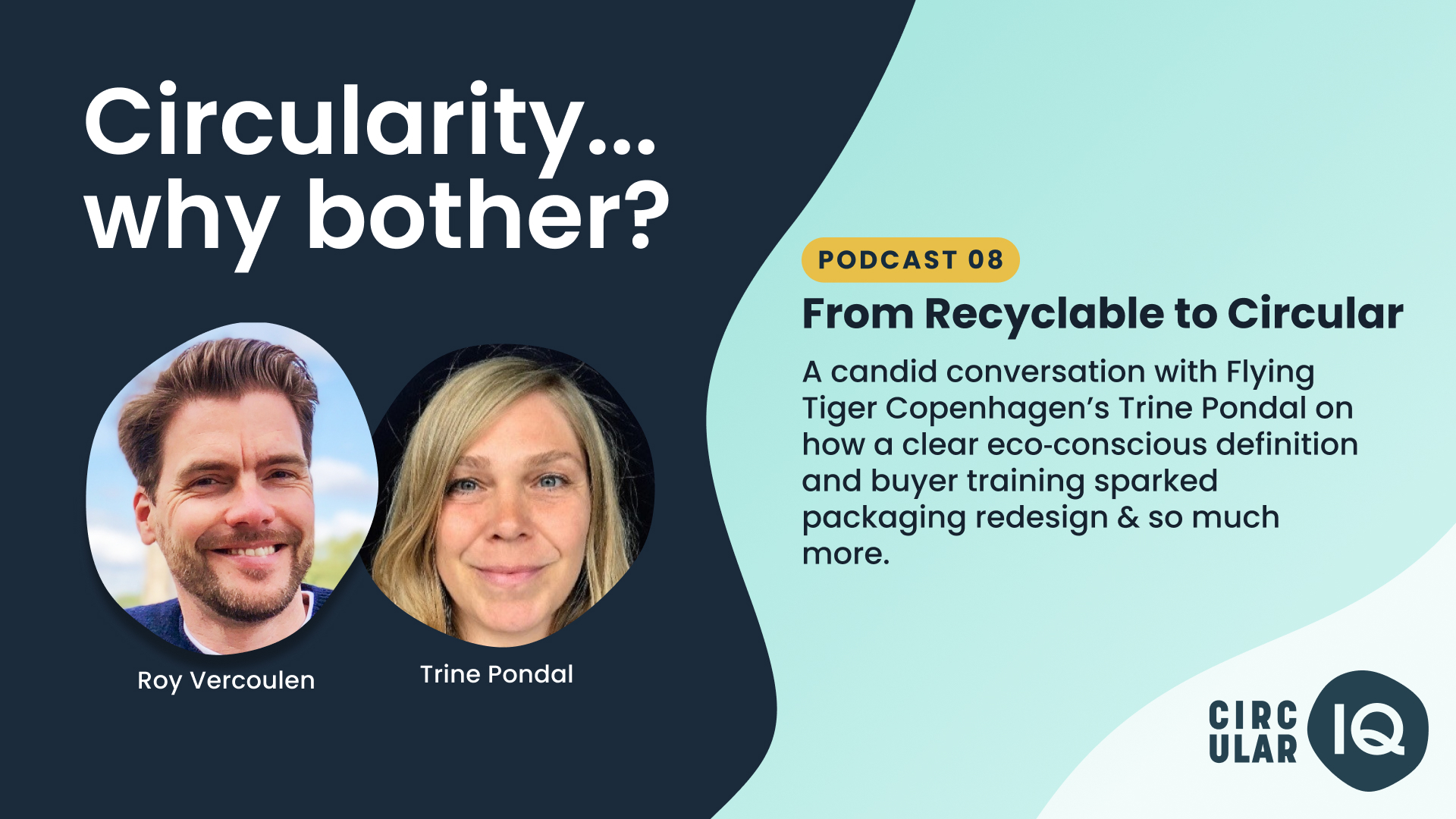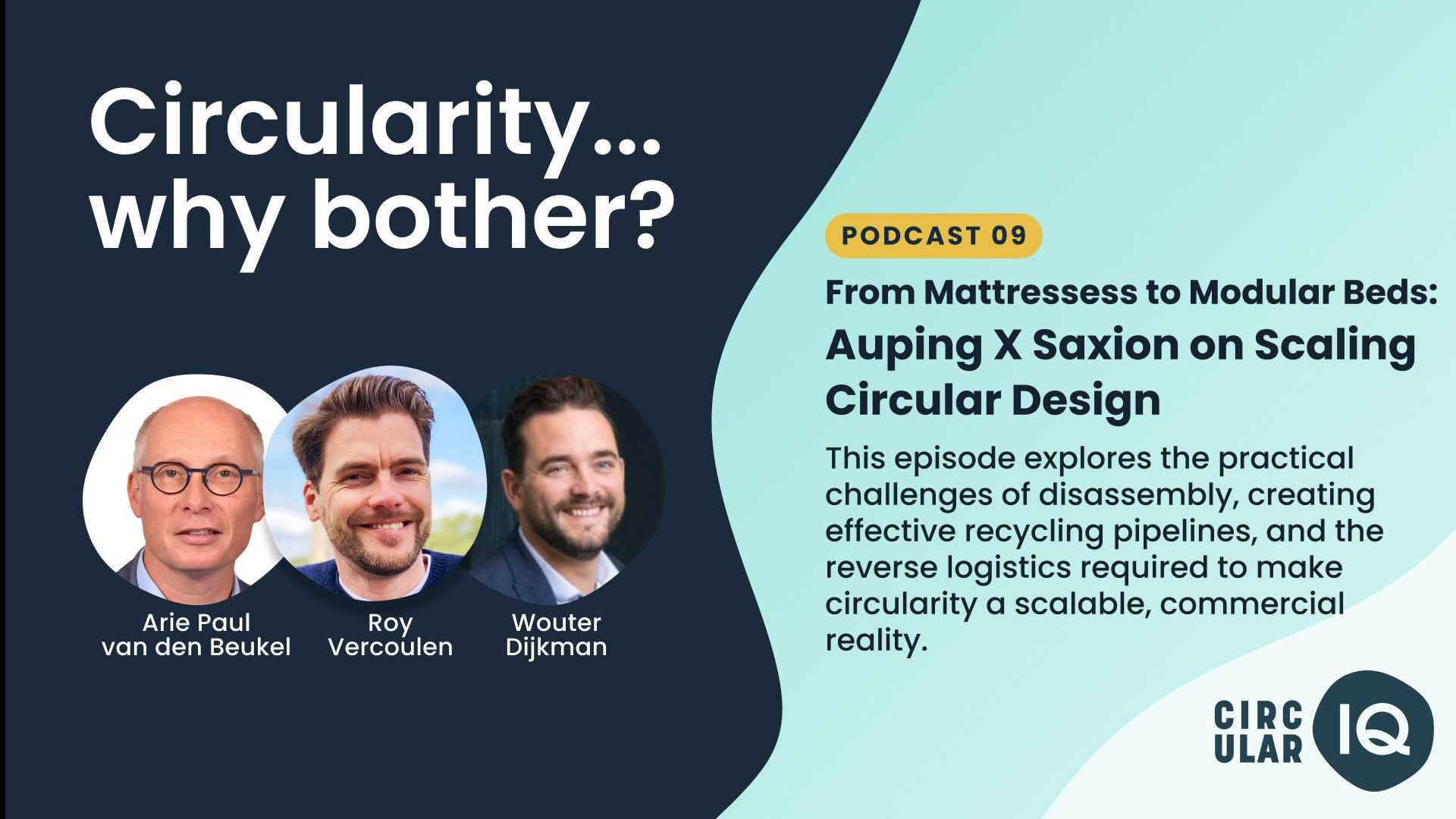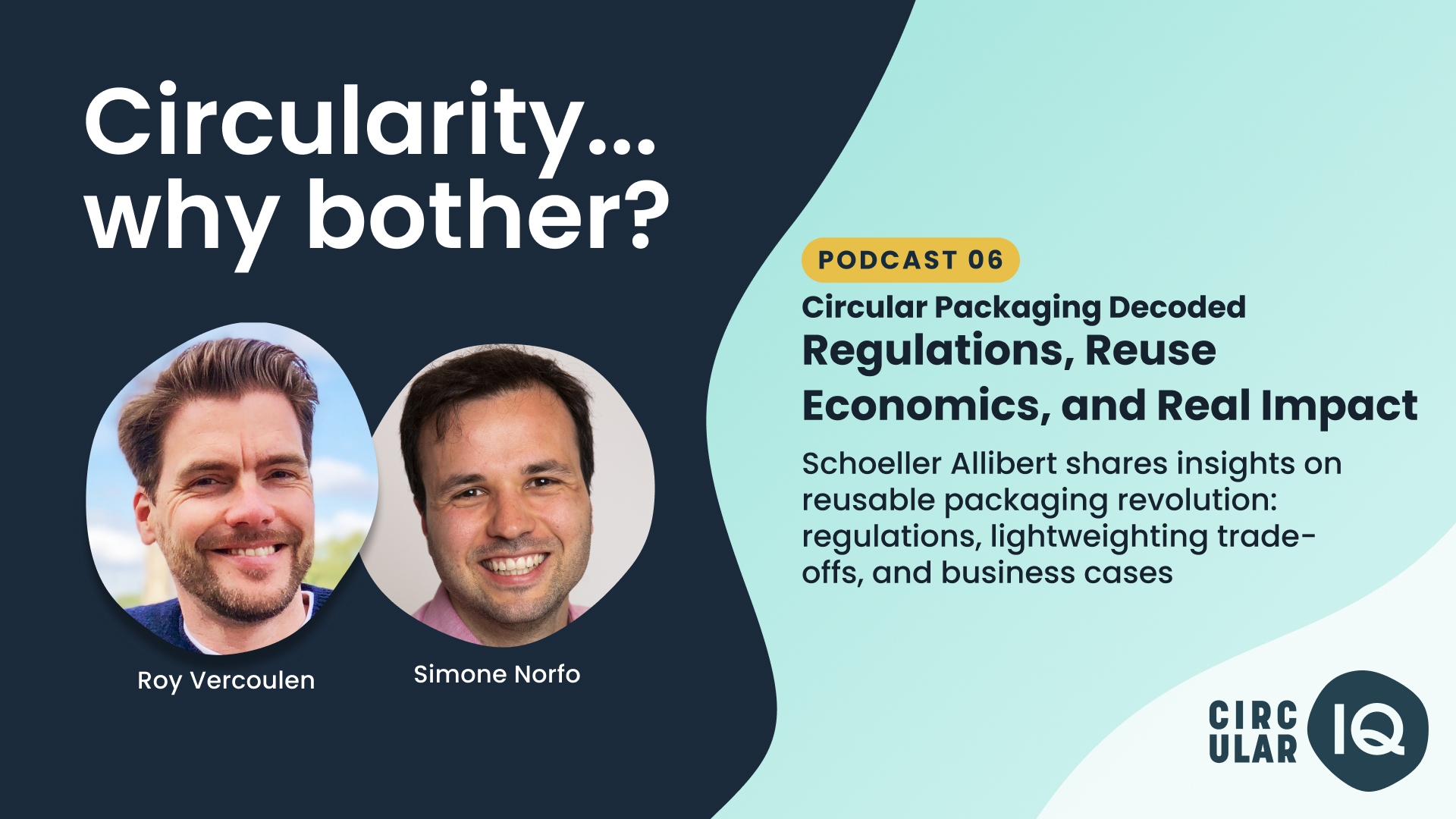In the pursuit of a sustainable future, businesses are increasingly focusing on sustainability and circularity. These concepts go beyond traditional environmental practices, emphasizing the need for holistic, systemic changes in how resources are used and managed. Understanding and implementing the right metrics is crucial for measuring progress and driving meaningful improvements. This article explores the key sustainability and circularity metrics that can help businesses enhance their environmental performance and support the transition to a circular economy.
One of the critical challenges in the landscape of circularity metrics is the current misalignment of incentives. While the benefits of circularity are widely recognized, businesses often prioritize short-term financial gains over long-term sustainability goals. This is partly due to the lack of clear financial incentives for adopting circular practices. For instance, the true cost of environmental and social externalities associated with linear models is rarely accounted for, making the linear alternative appear deceptively cheaper. This underscores the need for policies like carbon pricing mechanisms or extended producer responsibility schemes that internalize these costs and create a level playing field for circular businesses.
Furthermore, there’s a need to move beyond the current focus on waste management and embrace a more holistic, resource-centric approach to sustainability and circularity. Waste management as the main driver of circularity or the lens through which circularity is achieved is not only myopic but also ineffective. A mindset change is required that involves shifting our perspective from simply dealing with waste at the end of the pipe to designing products and systems that minimize waste, maximize resource efficiency, and retain value throughout the entire lifecycle. It is crucial to emphasize the importance of incorporating metrics that capture these upstream interventions, such as resource intensity, material productivity, and the adoption of circular business models.
However, measuring sustainability and circularity is not without its challenges. There is a lack of standardized definitions, methodologies, and data collection practices, which hinders comparability and benchmarking across businesses and sectors. This fragmentation creates confusion, limits transparency, and slows down the pace of innovation.The journey toward a truly circular economy requires a fundamental shift in both mindset and systems. Aligning incentives, adopting a resource-centric approach, and developing comprehensive measurement frameworks are key steps in unlocking the full potential of circularity. Without clear, consistent metrics, however, progress remains fragmented, and businesses struggle to track their impact effectively. Standardized tools are essential to provide clarity and comparability, enabling companies to benchmark their performance and identify areas for improvement.
This is where the Circular Transition Indicators (CTI) come into play. Developed to standardize circularity metrics across industries, CTI offers a comprehensive and structured approach to measure circular performance. By using a common framework, businesses can assess their resource efficiency, identify opportunities to close loops, and make informed decisions that align with circular economy principles. The CTI methodology is designed to be universally applicable, allowing companies of all sizes and sectors to adopt circular metrics that are comparable and actionable.
Furthermore, the CTI helps bring coherence to the fragmented landscape of circular economy measurement. Instead of navigating a patchwork of inconsistent indicators, businesses can now rely on a standardized set of metrics that provides clarity and precision. This not only enhances transparency and accountability but also drives collaboration across value chains. With CTI, companies can confidently engage in circular practices, knowing their efforts will be measured in a consistent, credible manner, accelerating the global transition to a more sustainable economy.
For more information on the current landscape of global circularity, read this WBCSD report.
The Role of CircularIQ in Measuring Sustainability and Circularity
Comprehensive Data Management
CircularIQ offers robust data management capabilities that streamline the collection, analysis, and reporting of sustainability and circularity metrics. This ensures that businesses can effectively track their performance and identify areas for improvement.
Advanced Analytics and Insights
With CircularIQ’s advanced analytics tools, companies can gain real-time insights into their sustainability and circularity performance. These tools help identify trends, measure progress, and set realistic targets for continuous improvement.
Standardized Reporting Frameworks
CircularIQ provides pre-configured templates and guidelines aligned with international standards and frameworks. This ensures that businesses can produce standardized and comparable sustainability and circularity reports.






